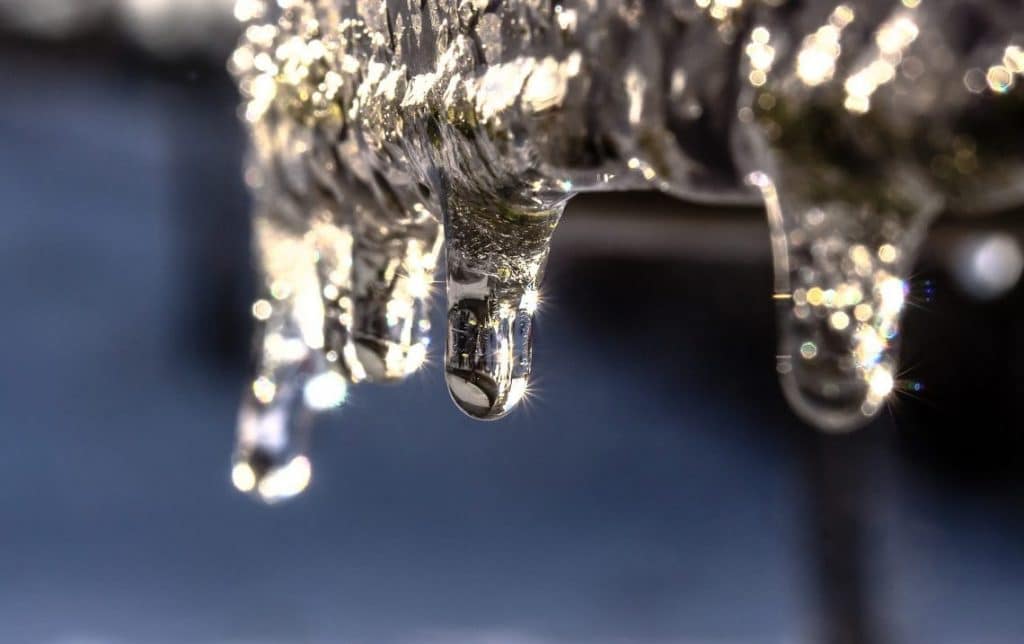Protecting Against Frozen Plumbing: Best Strategies for Cold Weather
Protecting Against Frozen Plumbing: Best Strategies for Cold Weather
Blog Article
The article author is making a number of good observations on the subject of How To Avoid Freezing Pipes in general in this great article just below.
:strip_icc()/snow-outdoor-faucet-pipes-4af65d1e5e904fb1aa7bf74071fe5d89.jpg)
Winter can damage your pipes, especially by freezing pipelines. Here's exactly how to stop it from happening and what to do if it does.
Intro
As temperatures decline, the risk of icy pipes rises, possibly resulting in pricey repair work and water damages. Recognizing exactly how to avoid icy pipes is essential for home owners in cold environments.
Comprehending Icy Pipelines
What causes pipes to freeze?
Pipes freeze when exposed to temperatures below 32 ° F (0 ° C) for extended periods. As water inside the pipelines ices up, it broadens, putting pressure on the pipe wall surfaces and potentially creating them to break.
Dangers and damages
Icy pipelines can result in water supply disturbances, building damages, and pricey repair services. Burst pipes can flooding homes and cause comprehensive architectural damage.
Indications of Frozen Piping
Determining icy pipelines early can avoid them from breaking.
Exactly how to determine icy pipes
Seek lowered water flow from faucets, uncommon smells or sounds from pipelines, and visible frost on exposed pipes.
Prevention Tips
Protecting prone pipes
Wrap pipelines in insulation sleeves or utilize warmth tape to safeguard them from freezing temperatures. Concentrate on pipelines in unheated or external areas of the home.
Home heating techniques
Keep interior areas properly heated up, specifically locations with pipes. Open up cabinet doors to allow warm air to distribute around pipelines under sinks.
Shielding Exterior Plumbing
Yard hose pipes and outdoor taps
Detach and drain pipes garden hoses prior to winter months. Set up frost-proof faucets or cover outside faucets with shielded caps.
What to Do If Your Pipelines Freeze
Immediate actions to take
If you believe frozen pipelines, maintain taps available to soothe pressure as the ice thaws. Utilize a hairdryer or towels taken in hot water to thaw pipelines slowly.
Long-Term Solutions
Structural adjustments
Think about rerouting pipes far from outside walls or unheated areas. Add extra insulation to attics, basements, and crawl spaces.
Updating insulation
Buy high-quality insulation for pipelines, attics, and wall surfaces. Proper insulation assists preserve constant temperature levels and reduces the threat of frozen pipes.
Conclusion
Stopping frozen pipes calls for positive procedures and fast reactions. By recognizing the causes, signs, and safety nets, property owners can safeguard their plumbing throughout winter.
6 Proven Ways to Prevent Frozen Pipes and Protect Your Home
Disconnect and Drain Garden Hoses
Before winter arrives, start by disconnecting your garden hoses and draining any remaining water. Close the shut-off valves that supply outdoor hose bibs and leave the outdoor faucet open to allow any residual water to drain. For extra protection, consider using faucet covers throughout the colder months. It’s also important to drain water from any sprinkler supply lines following the manufacturer’s directions.
Insulate Exposed Pipes
Insulating your pipes is an effective way to prevent freezing. Pipe insulation is readily available at home improvement stores and is relatively inexpensive. Pay close attention to pipes in unheated areas such as the attic, basement, crawl spaces, or garage. Apply foam insulation generously to create a buffer against the cold. You can also wrap your pipes in heat tape or thermostat-controlled heat cables for added warmth.
Seal Air Leaks
Inspect your home for any cracks or openings that could let in cold air. Seal any holes around the piping in interior or exterior walls, as well as the sill plates where your home rests on its foundation. Additionally, make sure to keep your garage door closed unless you’re entering or exiting. Leaving it open creates a significant air leak that can lead to frozen pipes.
Allow Warm Air Circulation
During cold snaps, it’s essential to allow warm air to circulate evenly throughout your home. Leave interior doors ajar to promote better airflow. Open kitchen and bathroom cabinets to help distribute heat consistently around the rooms. If you have small children or pets, be sure to remove any household chemicals or potentially harmful cleaners from open cabinets for safety.
Let Faucets Drip
A small trickle of water can make a big difference in preventing ice formation inside your pipes. When temperatures drop significantly, start a drip of water from all faucets served by exposed pipes. This continuous flow helps prevent the water from freezing. Additionally, running a few faucets slightly can relieve pressure inside the pipes, reducing the chances of a rupture if the water inside does freeze.
https://choateshvac.com/6-proven-ways-to-prevent-frozen-pipes-and-protect-your-home/

As a fervent reader on 6 Ways to Prevent Frozen Pipes, I was thinking sharing that excerpt was important. In case you enjoyed our article kindly remember to share it. We cherish your readership.
Get A Quote Report this page